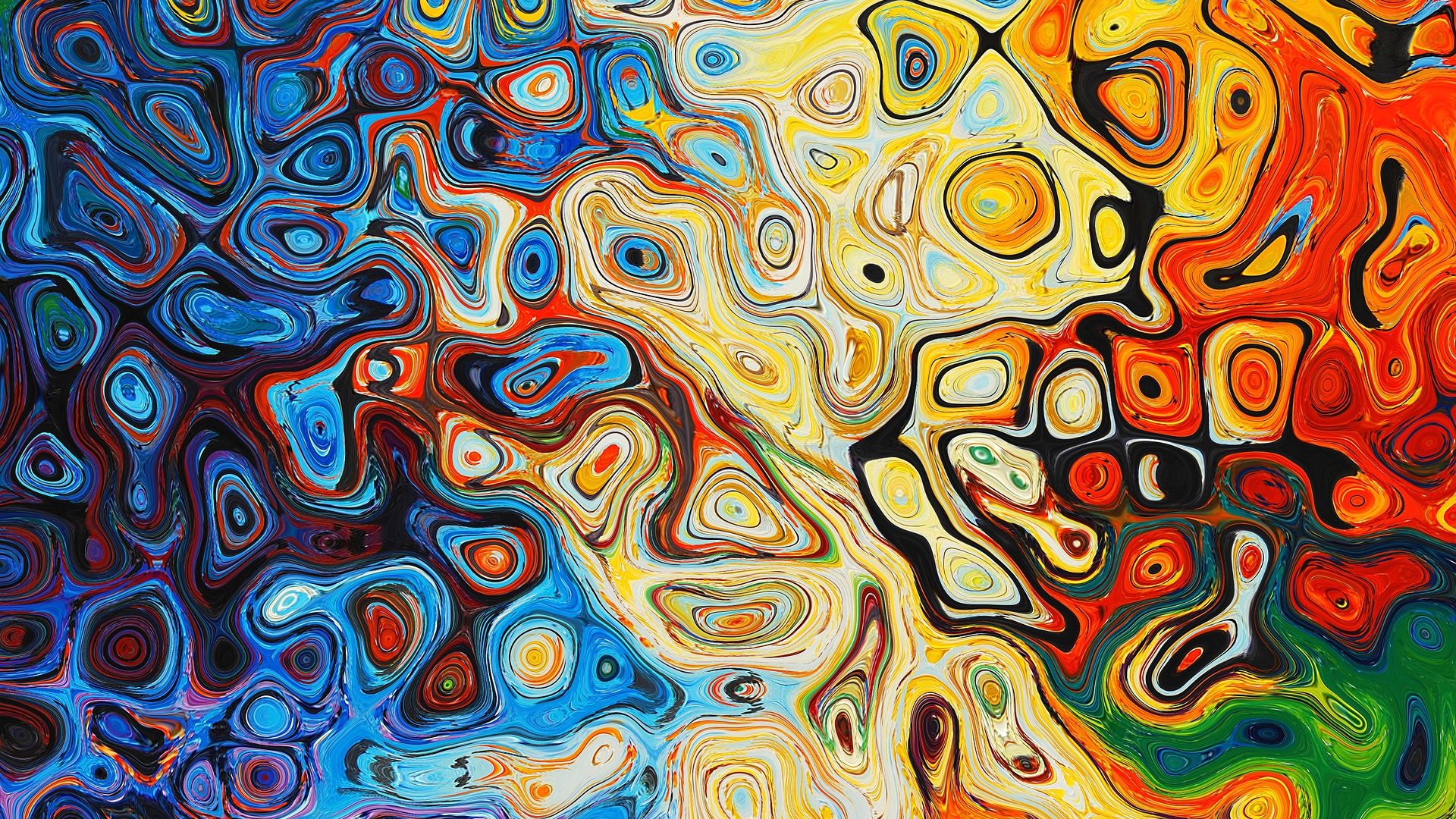Synaesthesia is one of the phenomenons that was always quite interesting to artists, however, still never explored as much as it should be. During my research, I was quite intrigued to find out that even Plato had referred to synaesthesia in his writing. In 370 BC, he wrote Timaeus, which connects the world’s essence with musical ratios. After that, Aristotle compared the harmony of sounds with the harmony colours. After the chromatic scale was introduced, and in 1492 Franchino Gaffurino proposed a colour system for the scales, where Dorian was crystalline, Phyrgian orange, Lydian red and the Mixolydian was an undefined mixed colour. In 1646 Athanasius Krcher developed a color system for musical interval based on symbolism.
Sir Isaac Newton also delved into the relationship between music and colour. In his work Optics, he revisited and expanded upon Aristotle’s relationships between sound and colour. He mathematically divided visible light into seven different colours, which had similar mathematical relationships to a musical scale. Even though Newton didn’t hold to these claims as scientific truth, rather just analogies, Louis Bertrand Castel firmly believed that the connection between light and the musical scale is a fact. He drafted a sketch prototype for a “clavecin oculaire”, an instrument that would produce the “correct” colour with each note played.
In 1875, the first colour organ was built by the American inventor Bainbridge Bishop. The organ worked by projecting coloured light onto a screen while it is being played. Unfortunately all 3 of Bishop’s organs were lost in a fire.

Vincent Van Gogh is quite a notable artist with synaesthetic abilities. His letter to his brother often mention synaesthetic experiences, which confirm this claim. In those letters he mentions that certain colours, like yellow and blue were like fireworks to his senses. Van Gogh probably had chromesthesia and basically painted sounds the way he saw them. Yellow gave him an experience of joy- a song of hope that he was otherwise missing in his life.

Synaesthesia was a big subject of interest for certain Bauhaus artists as well, most notably Gertrud Grunow, who was a Bauhaus master and teacher since 1919. She was interested in incorporating movement and music into visual art, which in her words opened “new originals ways of experiencing”. She put a focus on instinctive and emotional expression. Gertrud started making a new style of curriculum, but sadly died before being able to finish. Today, it is hard to establish what her thoughts were in the curriculum, as it was finished by her assistant, and he was very good at mimicking her writing style. Grunow influenced the interest in Synaesthesia in Gropius, Kandinsky and Itten.
Kandinsky’s works were all named as if they were musical compositions. He called them “Symphony of Colours”. Just like Van Gogh, he found yellow to be particularly important to him. He created experimental performance-based expressions of Synaesthesia for theatre titled “The Yellow Sound”.

Today, there are more and more synaesthetic works done with modern techniques like VR, 3D animation and similar. Even though interest in this field is very steady, synaesthetic audiovisual experiences are not part of the mainstream media yet. Personally, I consider that this field needs a lot more attention and research, as it is still not entirely understood.
